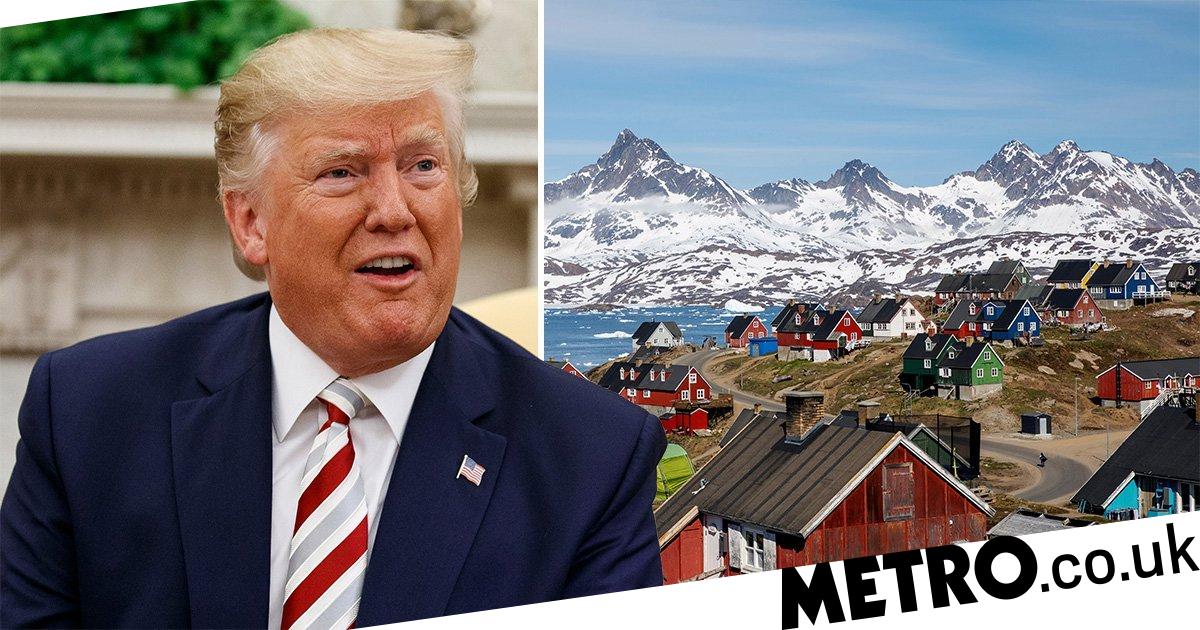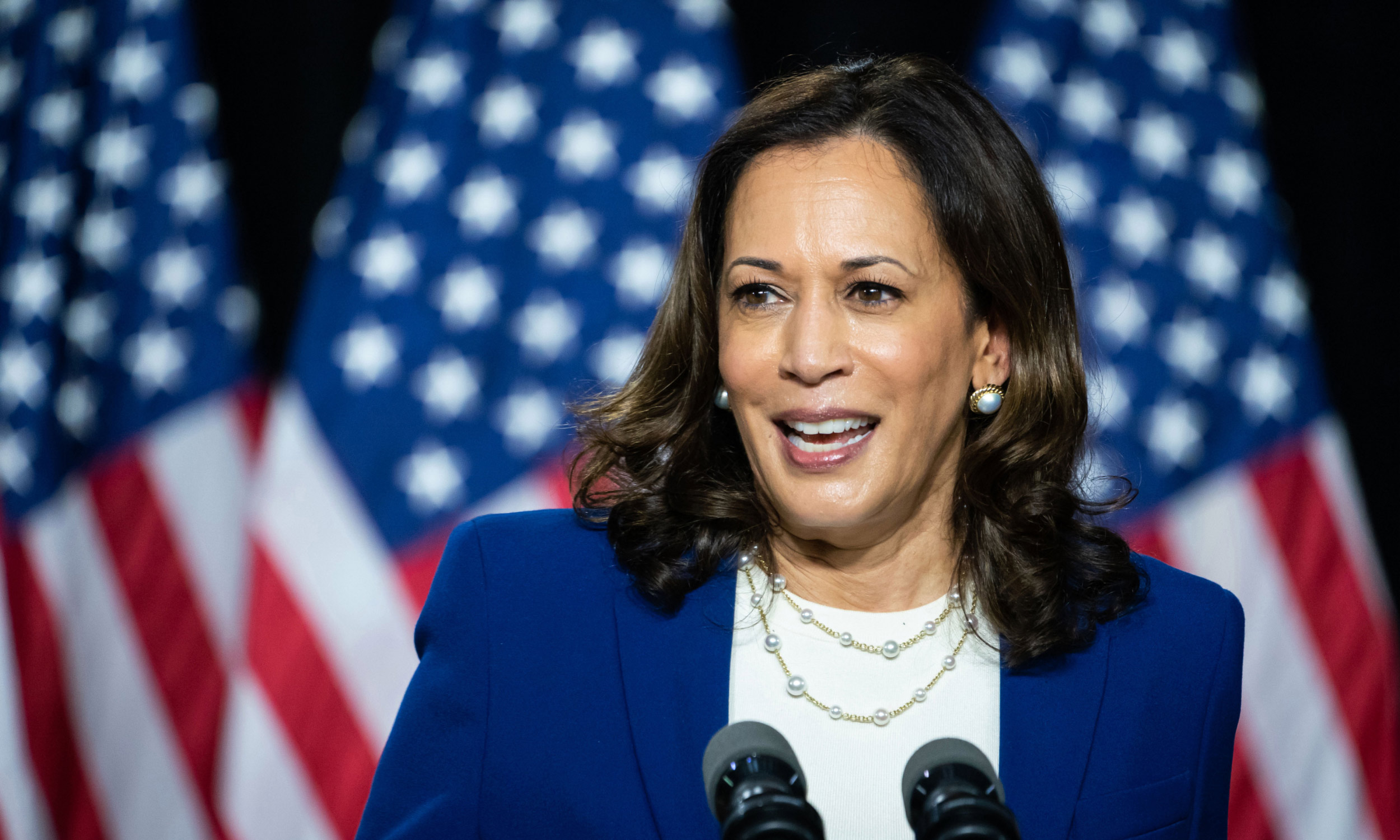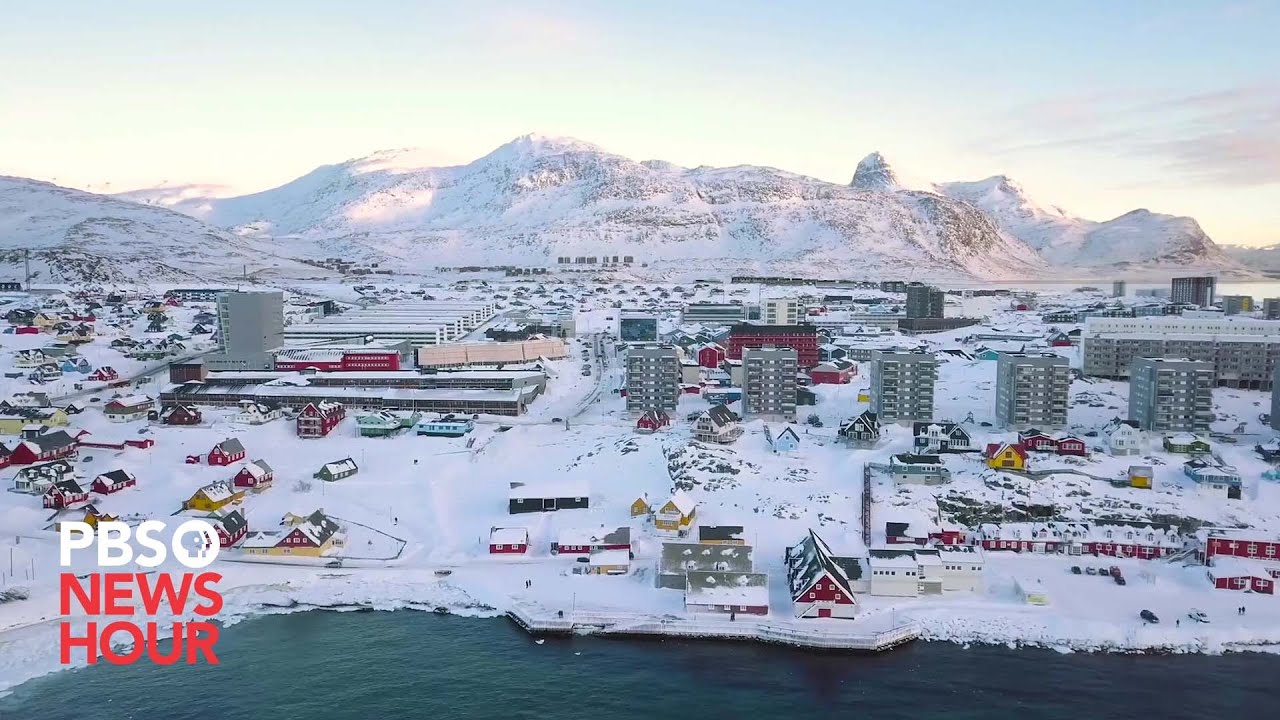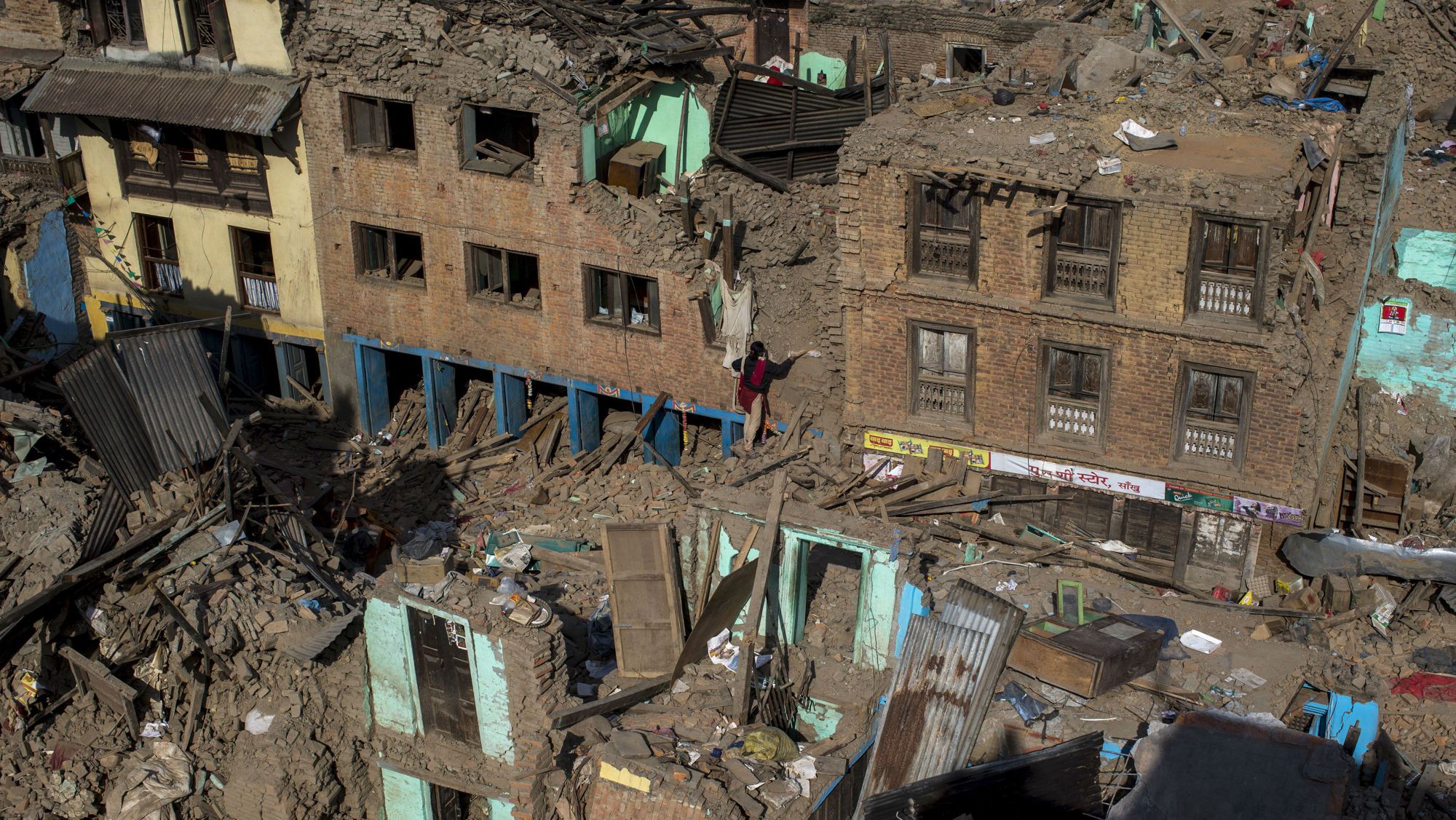


In a move to enhance its sea-based nuclear deterrence and counter the growing naval presence of China in the Indian Ocean region, India has quietly launched its fourth nuclear-powered submarine, S4*. This development comes amid diplomatic tension with Canada and the recent inauguration of a low-cost naval base in Telangana. With its 75% indigenous components and range of 3,500 km, the S4* joins the INS Arihant and INS Arighat in boosting India's strategic command and control communication capabilities. Plans are also underway for the development of more advanced submarines to further solidify India's dominance in the Indo-Pacific region.
India's Stealthy Expansion of Naval Capabilities: The S4 Nuclear Submarine*
Background
India's nuclear submarine program has been instrumental in enhancing its maritime deterrence and safeguarding its strategic interests. In response to rising tensions in the Indian Ocean region, particularly with China, India has been bolstering its naval capabilities.
The S4 Submarine*
In a significant milestone, India has quietly launched its fourth nuclear-powered submarine, the S4*. This submarine represents India's continued pursuit of indigenous submarine technology, with approximately 75% of its components developed domestically. The S4* is equipped with an advanced propulsion system and a range of 3,500 km, allowing it to undertake long-range patrols and surveillance missions.
Strategic Implications
The S4* joins two other nuclear-powered submarines, INS Arihant and INS Arighat, in bolstering India's nuclear triad capabilities. These submarines can carry ballistic missiles with nuclear warheads, providing a credible deterrent against potential adversaries.
Regional Dynamics
The launch of the S4* coincides with diplomatic tensions between India and Canada over the latter's support for a Sikh separatist group. Additionally, India has recently inaugurated a new naval base in Telangana to counter China's growing presence in the Indian Ocean region.
Plans for the Future
India plans to construct additional nuclear-powered submarines to further enhance its maritime capabilities. These submarines will be equipped with advanced technologies and weapon systems to meet future challenges and maintain India's dominance in the Indo-Pacific region.
Top 5 FAQs
1. What is the purpose of the S4 submarine?* Answer: The S4* submarine is designed to enhance India's nuclear deterrence capabilities and conduct long-range surveillance missions.
2. How many nuclear-powered submarines does India currently possess? Answer: India now has four nuclear-powered submarines: INS Arihant, INS Arighat, INS Chakra, and the newly launched S4*.
3. What is the range of the S4 submarine?* Answer: The S4* has a range of 3,500 km, enabling it to undertake extended patrols and surveillance missions.
4. What advanced technologies does the S4 feature?* Answer: The S4* is equipped with a stealth design, an advanced propulsion system, and modern sensor suites to maximize its operational capabilities.
5. What is the significance of the S4 in India's strategic posture?* Answer: The S4* strengthens India's nuclear triad, enhances its deterrence capabilities, and supports its role as a major maritime power in the Indo-Pacific region.

As Donald Trump's threat to buy Greenland stirs global controversy, Denmark's foreign minister reaffirms their recognition of Greenland's autonomy and dismisses any possibility of the island becoming a US state. However, amid increased US interest in the Arctic region, Trump's willingness to use force or economic measures to acquire Greenland has prompted concerns from European allies. As talks between Greenland's leader and the Danish king take place, there is a growing focus on the island's push for independence and allegations of colonial-era mistreatment.

French Foreign Minister Jean-Noel Barrot has strongly stated that the European Union will not tolerate any nation attacking its sovereign borders, in response to US President-elect Donald Trump's comments about his intentions to take control of Greenland, an autonomous territory of Denmark. Barrot expressed doubts about the possibility of the US actually invading Greenland, but urged the EU to be vigilant and strengthen its position. Trump's eldest son, Donald Trump Jr., recently made a private visit to Greenland, shortly after his father's controversial comments. However, Greenland's government has made it clear that the territory is not for sale and its future will be determined by Greenlanders alone.

In a surprising statement, U.S. President-elect Donald Trump said he was considering using economic force to make Canada the 51st state. The remarks have sparked mixed reactions from Albertans, with some expressing fear and others dismissing it as a joke. Trump also proposed imposing tariffs and cutting off trade agreements with Canada, which has further escalated tensions between the two countries.

A massive 7.1 magnitude earthquake hits Tibet near the Nepal border this morning, resulting in the death of 126 people and severe damages to buildings in the region. The tremors were felt in several parts of India, including Bihar, Delhi-NCR, Assam, and West Bengal. The National Center for Seismology has reported several subsequent earthquakes in the same location, with the strongest measuring 7.1 on the Richter scale. The high-altitude area of Dingri County on Mount Everest has faced building collapses amidst freezing temperatures.

In a series of social media posts, President-elect Donald Trump joked about buying Canada as part of the United States after Canadian Prime Minister Justin Trudeau announced his resignation. However, this banter comes after Trump previously threatened to impose tariffs on all goods from Canada and Mexico, which would violate the recently enacted USMCA. Experts warn that imposing tariffs on Canada, one of the US' largest trading partners, could have damaging effects on the Canadian economy and lead to a strained relationship between the two countries. While some have dismissed Trump's remarks as jokes, others see it as a disrespectful insult to Canada.

As her time as vice president draws to a close, Kamala Harris will embark on a four-day trip to Singapore, Bahrain, and Germany. The trip, which will take place from Jan. 13 to Jan. 17, provides one final opportunity for Harris to address key foreign policy challenges before the transition of power to Donald Trump. Together with her husband, Doug Emhoff, Harris will visit U.S. servicemembers stationed at all three of the countries she plans to visit. As Harris looks to the future, her decision to conclude her term with a global trip raises questions about her potential next steps and continued involvement in international affairs.

As Donald Trump Jr. visited Greenland, the president-elect himself hinted at potentially using military force or economic coercion to acquire the mineral-rich territory. Despite backlash from Danish officials and Greenland’s government, Trump supporters are enthusiastic about the prospect of “Make Greenland Great Again." But with its strategic location and Indigenous population, will such a controversial move be allowed? Only time will tell.

The eldest son of President-elect Donald Trump made a private visit to Greenland, sparking speculation that the future administration may seek to take control of the mineral-rich territory. Trump Jr. landed in the capital city of Nuuk and was not met by Greenlandic representatives, as the visit was labeled "private." This visit comes after the president-elect expressed a desire to acquire the Arctic territory, which is home to a large U.S. military base and holds strategic importance for multiple countries.

A powerful earthquake measuring 7.1 magnitude hit Nepal and western China on Tuesday morning, resulting in the deaths of at least 53 people and injuries of 62 others. The epicenter of the quake was located in a remote region in Tibet, where the India and Eurasia plates meet. The area is known to be prone to earthquakes and has experienced at least 10 quakes of magnitude 6 or higher in the past century. The shockwaves from the earthquake were felt in parts of northern India and Nepal's capital, Kathmandu. The USGS stated that the quake occurred due to normal faulting at shallow depth, with a focal mechanism solution indicating rupture on a north-south striking fault.

England and Wales are bracing for a weekend of freezing temperatures and hazardous weather conditions as amber and yellow warnings for snow and ice have been issued. The warnings cover most of Wales, central England, and parts of the north-west, with temperatures predicted to drop as low as -10C in rural Scotland. Passengers are advised to check their travel routes as disruptions to rail, bus, and air travel are expected.